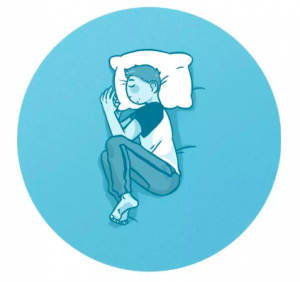Lower extremity stress fractures make up 80-90% of all stress fractures seen medically. About 20% of these fractures are from sports related injuries, as microfractures are often caused by overuse and overload.

The most difficult and stress fractures to identify are within the pelvis, sacrum, and metatarsals as they have common symptoms. For example, a major symptom of a pelvic fracture is knee pain, many people misdiagnosis the issue based on the main symptom. There is currently no classification system to grade stress fractures further complicating the diagnosis process. MRIs are the most commonly used tool to identify stress fractures, scintigraphy (bone scanners) are more accurate but have limited use due to their high radiation emission.

Besides early identification, the best way to treat stress fractures is to minimize risk factors:
- Keeping a stable diet reduces nutritional irregularities
- Going on birth control or hormone regulating system reduces menstrual irregularities. This keeps estrogen levels steady; which is important as estrogen is involved in prolonging osteoblast activity (builds bone matrix) and turning off osteoclasts (reabsorbs bone matrix).

- Smoking: nicotine lowers estrogen and reduces blood flow.

- Decrease distance and endurance during training: minimizes microfractures
- Use of orthotics: minimizes microfractures






